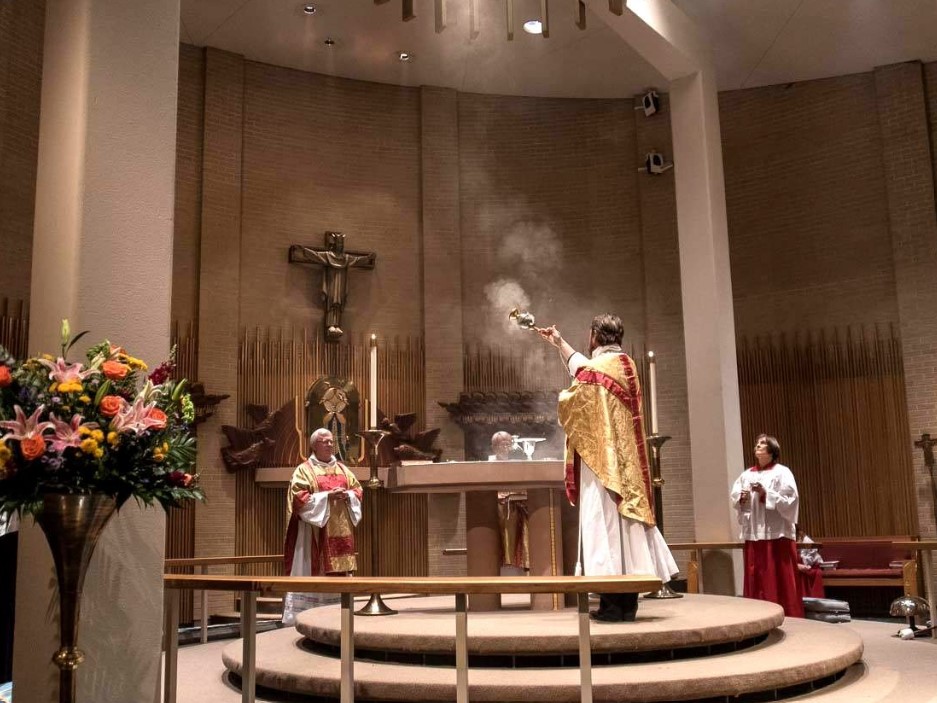How is the BCP used in the Episcopal Church?

The Book of Common Prayer (BCP) is often credited with being the earliest and most comprehensive attempts to consolidate liturgy, sacraments, and the order of services into a single, standardized book. Whether it was the first such attempt in the history of Christianity, the BCP was a significant development in opening the Christian message to lay people. It reflected a theological shift in England away from certain Roman Catholic practices and theology. It emphasized vernacular language and a Protestant theological perspective.
The Roman Catholic Church relies on Christian traditions, liturgical texts and resources dispersed across various books and documents, i.e., books for the Mass, the Divine Office, and other books for specific sacraments and rituals. This diversity and limited access to the liturgical sources in addition to the use of Latin escalated the power of the Church as an intermediary to God and limited understanding by laity. In contrast, the BCP consolidated essential liturgical texts into a single book, making. the liturgy more accessible and user-friendly to clergy and the faithful.
While the BCP has undergone several revisions over the centuries, it continues to be a fundamental resource for Episcopalians across the United States with multiple uses, including:
- Worship and Liturgy: Its most prominent use of the BCP is in the conduct of worship services, providing a structured framework for Episcopal liturgies, including the celebration of Holy Eucharist, Morning and Evening Prayer, Baptism, Confirmation, Marriage, and Burial services. These liturgical rites foster a sense of unity and continuity within the faith community.
- Spiritual Formation: The daily office of Morning and Evening Prayer in the BCP offers a structured way for individuals and congregations to engage in regular prayer, Scripture reading, and reflection.
- Pastoral Care: Episcopal clergy use the BCP to provide pastoral care, particularly in times of illness, grief, or crisis. The Book of Common Prayer contains prayers and services for the sick, the dying, and the bereaved, offering comfort and solace to those in need.
- Teaching and Catechesis: The BCP has an educational function, teaching the faith and theology of the Church through its prayers, creeds, doctrinal statements, and liturgical calendar. Its use ensures that important aspects of the Christian story are consistently shared with the congregation.
- Ceremonial and Symbolism: The BCP includes rubrics and instructions for the celebration of the sacraments that contribute to the beauty and solemnity of Episcopal worship. It provides guidelines for clergy vestments, the arrangement of the altar, and the use of candles, incense, and liturgical colors, all of which carry deep symbolic significance in Episcopal worship.
- Unity and Tradition: Using the BCP means that Episcopalians participate in liturgical traditions that spans centuries. It connects them not only with their fellow parishioners but with Christians worldwide.
The Book of Common Prayer in the Episcopal Church is far more than a liturgical guide; it is a spiritual and communal touchstone. Its uses extend to worship, spiritual formation, pastoral care, education, ceremonial practices, and the preservation of tradition. It remains a revered and essential resource for Episcopalians as they seek to live out their faith in worship, prayer, and service.
